Legal-Religious Status of the Suspected Adulteress (Sotah)
Legal-Religious Status of the Virgin
Virginity has long remained a significant feature of womanhood in Judaism. Many foundational Jewish texts detail the specifics of virginity, explaining the requirements of virginity and to what extent these requirements can be expanded.

Lehi (Lohamei Herut Yisrael)
Lohamei Herut Yisrael (Lehi) was an underground Zionist extremist organization active between 1940 and 1949, during which it forcefully opposed the British Mandatory government and Palestinian Arab opponents to a Jewish state. Women participated in most areas of Lehi’s activity, from carrying out military actions to propaganda production.
Adele Lewisohn Lehman
Adele Lewisohn Lehman was a significant figure in the history of New York City philanthropy who was primarily involved in causes benefiting disabled people and children. A donor and fund-raiser, she also served as an administrator or board member for many agencies, including the East Side Free School for Crippled Children and the New York Board of Charities.
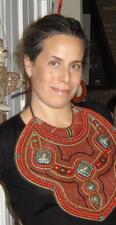
Amy Lehman
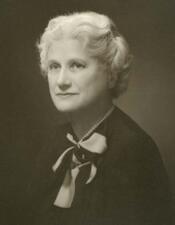
Edith Altschul Lehman
Known to many as the cultured wife of one of New York’s most popular governors and senators, Edith Altschul Lehman was in her own right a passionate social activist and philanthropist. She funded endeavors from building schools in Israel to creating a children’s zoo in Central Park.
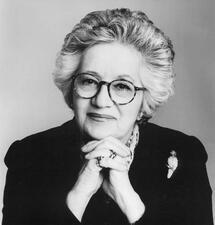
Judith Leiber
Judith Leiber carved a unique place for herself in the world of fashion as the designer of some of the most inventive and sought-after handbags in the world. After fleeing the Nazi occupation of Hungary, Leiber worked for various handbag manufacturers in America before starting her own company in 1963.
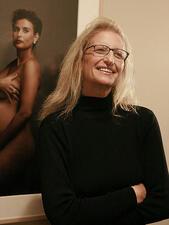
Annie Leibovitz
For decades, Annie Leibovitz and her camera have exposed to the public eye subtleties of character that lay beneath the celebrity personae of rock stars, politicians, actors, and literary figures. As chief photographer for Rolling Stone magazine, she fueled the American fascination with rock ’n’ roll dissidents in the 1970s; in the 1980s and 1990s, she captured the essence of the day’s great cultural icons with her work for Vanity Fair.
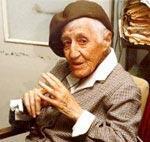
Nehama Leibowitz
Although Nehama Leibowitz refused to acknowledge that she was a revolutionary in any way, ultimately her unique achievements changed Orthodox society’s perception of a woman’s capabilities and undoubtedly opened doors for the female Torah scholars who followed. Through her teaching, Leibowitz brought numerous people, including non-Jews, to a new conception of Torah study.
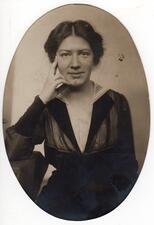
Käthe Leichter
A socialist feminist with a doctorate in political economy, Käthe Leichter was a prominent figure in “Red Vienna” during the interwar years. As a politician, labor organizer, and author, she dedicated her life to benefitting working-class women through social and political reform, and to the struggle against fascism.
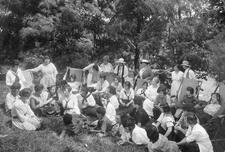
Leisure and Recreation in the United States
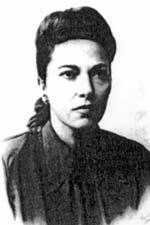
Blume Lempel
Blume Lempel used stream-of-consciousness, flashback, and free association in her writing to create unique stories with themes rarely seen in Yiddish literature: eroticism, incest, and rape. She only wrote in Yiddish, and much of her work remained untranslated until very recently.

Liz Lerman
A dancer, choreographer, educator, writer, and collaborator, Liz Lerman is among the dance field’s prominent public intellectuals, bringing deeply researched ideas about dance and community across fields as diverse as genetics, history, ethics of justice and reconciliation, and the science and religion of the origins of the universe. She draws consciously on the Jewish value of tikkun olam—healing the world—in her work.
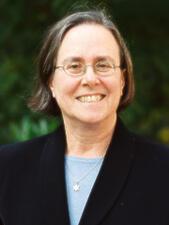
Anne Lapidus Lerner
Anne Lapidus Lerner is a pioneering scholar of Jewish women’s studies and was the first woman vice chancellor of the Jewish Theological Seminary. Lerner has established and fostered a long-lasting legacy through the teaching and mentorship of generations of students and dedication to Jewish learning. In 2017 she was awarded the Mathilde Schechter Award by the Women’s League for Conservative Judaism.
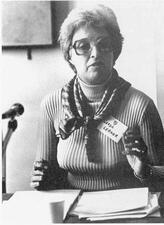
Gerda Lerner
Entering the field of United States history in 1966, Gerda Lerner blazed a new professional path that led to the establishment of the field of women’s history. Lerner’s force and commitment made her impervious to the ridicule with which the male-dominated profession initially responded to the notion of women’s history.
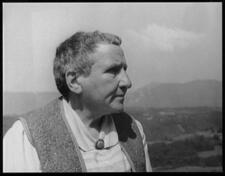
Lesbianism
Lesbians and women’s same gender-loving has a long history in Jewish life, dating back to ancient times. Since the 1980s, particularly in the United States, Jewish lesbian thinking and activism has become a part of all facets of Jewish life.
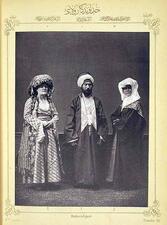
Levant: Women in the Jewish Communities after the Ottoman Conquest of 1517
Following their expulsion from the Iberian Peninsula in 1492, many Jews settled in Palestine, Egypt, and Syria – regions which fell under Ottoman Control in 1517. Girls in the Levant were married at young ages, polygamy was common, and obtaining a get was very difficult. Nevertheless, many Jewish women worked outside the home and kept their earnings.
Lotta Levensohn
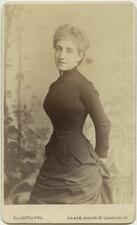
Ada Leverson
Although essentially a product of the revolt against High Victorianism, as well as of Edwardian and pre-War social mores, Ada Leverson remained attuned to the latest cultural trends, and was quite a prominent figure in the literary and artistic circles of the twenties. Her stylish and pleasurable novels afford invaluable insights into the human comedy and the English society of her day.
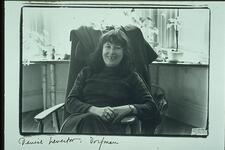
Denise Levertov
The author of nineteen books of poetry as well as several books of essays and translations, Denise Levertov was a world-renowned poet. She was also a prominent political activist, particularly in the anti-war and environmental movements.
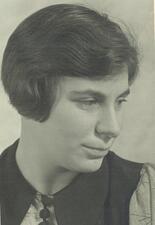
Hilde Levi
Hilde Levi was an exceptional physicist who worked first in Germany and later in Denmark, where she became a prominent researcher. She belonged to the second generation of women scientists in Germany, who were able to participate on a relatively equal basis in scientific institutions and in academia.
Lia Levi
Paola Levi-Montalcini
Paola Levi-Montalcini was an influential twentieth-century Italian painter who aimed for a synthetical expressiveness and played a key role in the development of the Movimento Arte Concreta in the 1950s. She debuted as a painter in 1931 at the first Quadriennal of National Art of Rome and continued to exhibit throughout Italy. The Rome Institute of Enciclopedia Italiana devoted an important retrospective exhibition to Levi-Montalcini after her death.

Rita Levi-Montalcini
Rita Levi-Montalcini was a Nobel Prize winning doctor, known for her discovering of Nerve Growth Factor, which is responsible for the development and distribution of nerve cells. Throughout her life she combined research with wide-scale public activity.
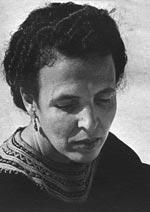
Sara Levi-Tanai
Sara Levi-Tanai was the founder, choreographer, and artistic director of the Inbal Dance Theater. With an original style, she established a unique dance theater that combined the East and West and the early history of the Nation of Israel with the present, as well as creating a new language of movement in the world of dance that is called “the Inbal language.”


